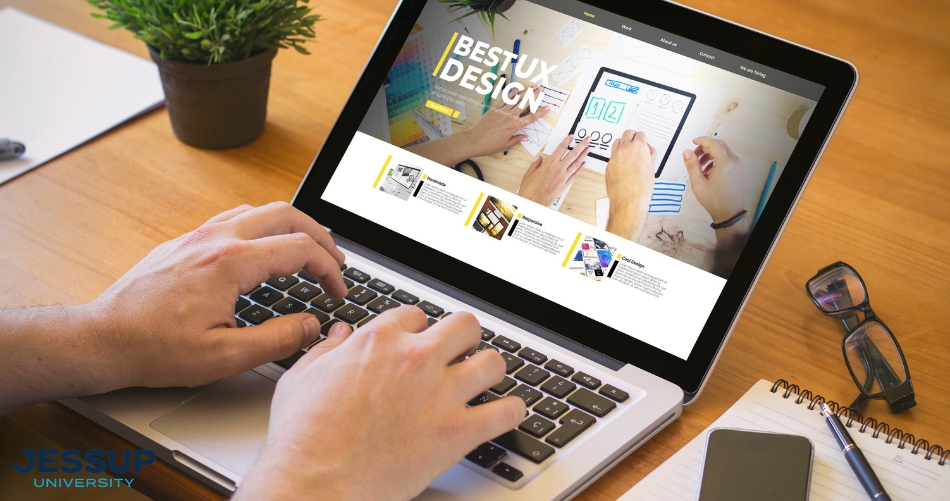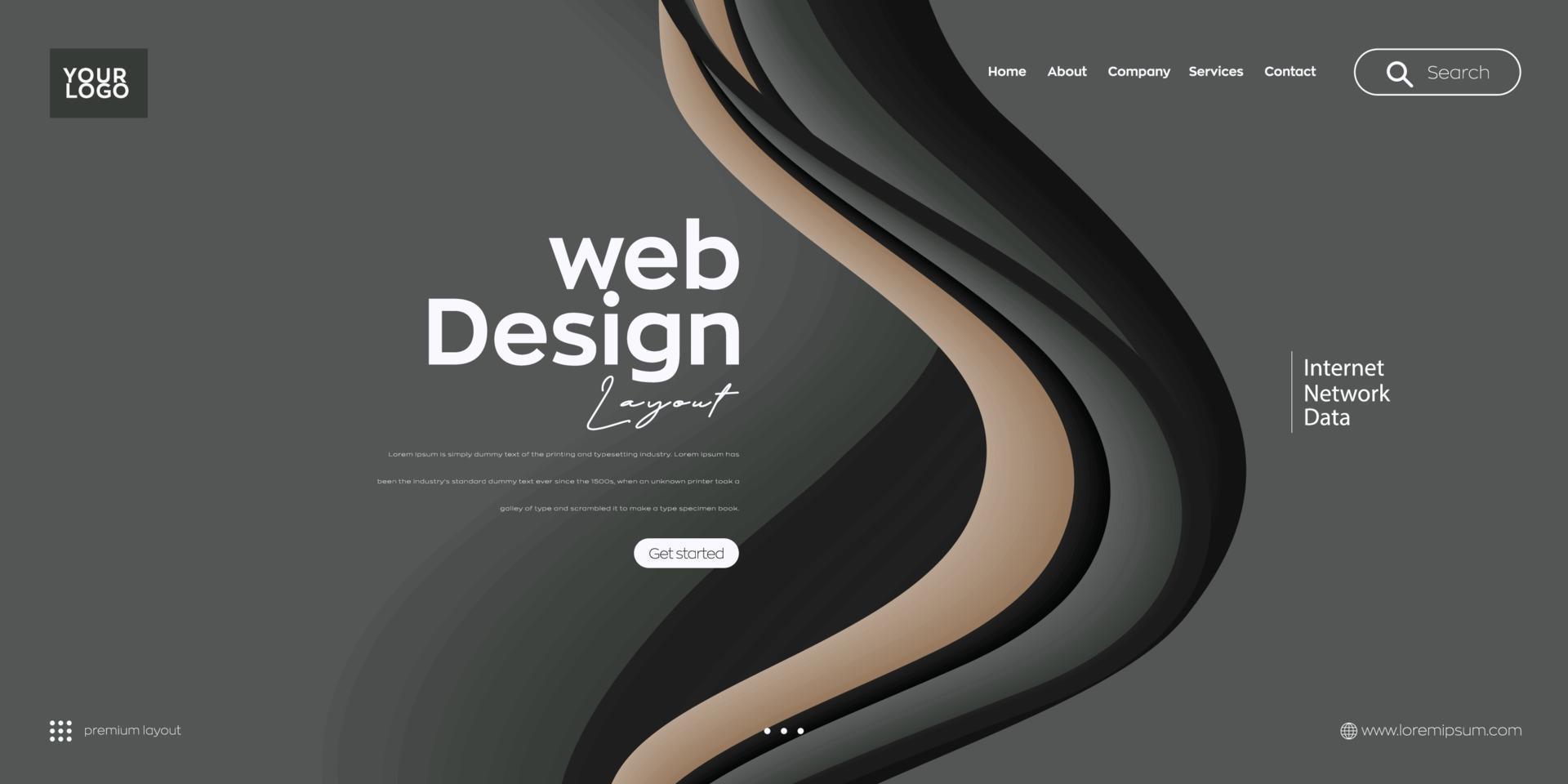The Most Effective Sorts Of Web Design to Boost Individual Experience and Involvement
In the ever-evolving landscape of electronic interaction, the effectiveness of website design significantly affects customer experience and involvement. Numerous design strategies, such as minimalist, responsive, and interactive designs, each offer special advantages that can deal with varied user demands. Recognizing which kinds of Web layout ideal serve these purposes can be crucial for organizations aiming to enhance customer satisfaction and retention. Nevertheless, the inquiry remains: which style elements absolutely reverberate with users and foster purposeful involvement? The expedition of these principles exposes critical understandings that may redefine your strategy to website design.
Minimalist Website Design
As digital landscapes become progressively cluttered, minimalist Web design has actually become an effective approach to boosting user experience. This design approach focuses on simpleness, concentrating on necessary elements while getting rid of unnecessary interruptions. By using adequate white room, straightforward navigating, and a restricted color scheme, minimal design fosters clearness and guides user focus to crucial content.
The core principle of minimal Web style is to develop a seamless interaction for users. By lowering cognitive lots, users can quickly realize info without feeling bewildered. This straight approach not just enhances usability yet likewise urges involvement, as site visitors are more probable to discover a site that is simple and aesthetically attractive to browse.
Additionally, minimalist style often highlights typography and images, using these elements strategically to communicate messages properly. In essence, minimalist Web design is not just a pattern; it is a thoughtful method that identifies the importance of user-centered layout.
Responsive Web Design
In today's diverse digital atmosphere, receptive website design has ended up being crucial for creating a seamless customer experience throughout a multitude of devices. As users access sites on smart devices, tablets, laptops, and desktops, the ability of a website to adjust its layout and web content to various display dimensions and resolutions is vital.
Responsive website design uses adaptable grids, photos, and CSS media inquiries to ensure that Web material exists efficiently, no matter the device made use of. This technique not only enhances the aesthetic allure of a web site however likewise substantially enhances usability. Customers are more probable to involve with a site that offers a regular experience, as it gets rid of the irritation of having to zoom in or scroll exceedingly.
In addition, online search engine, including Google, prioritize mobile-friendly sites in search positions. By adopting receptive layout, companies can improve their presence and reach a broader target market. This strategy also simplifies web site upkeep, as a single variation of the website can satisfy all gadgets, lowering the demand for several variations. In summary, responsive website design is a basic technique that enhances user experience, involvement, and total complete satisfaction.
Interactive Web Layout
Receptive website design lays the foundation for boosting individual experience, however interactive website design takes this an action further by involving individuals in a more vibrant way - Aligned Position Web Design. By including elements such as animations, clickable prototypes, and real-time feedback, interactive website design mesmerizes users, drawing them into a richer browsing experience
This approach not just cultivates engagement yet also encourages customers to check out content actively instead of passively consuming it. Methods such as gamification, where users gain rewards for completing jobs, can significantly enhance the time invested in a website and enhance overall complete satisfaction. Interactive functions can simplify complex info, making it much more enjoyable and digestible.

Including interactive design aspects can additionally result in greater conversion prices, as individuals are more probable to engage with a website that proactively involves them. Aligned Position Web Design. Inevitably, interactive website design changes customer experiences into memorable trips, guaranteeing that visitors return time and once more
Flat Style
Defined by its minimalistic strategy, level layout stresses simpleness and functionality, stripping away unnecessary aspects and concentrating on crucial attributes. This layout philosophy focuses on use, guaranteeing that individuals can navigate interfaces easily and efficiency. By employing a tidy visual, level layout removes the mess commonly discovered in a lot more elaborate styles, thus enhancing user concentrate on web content and performance.
The trademark of level design depends on its use strong colors, easy typography, and geometric shapes. These elements add to an aesthetically enticing interface that is both modern and friendly. Additionally, level style cultivates a feeling of clearness, allowing customers to determine vital actions and info without interruption.
Additionally, level layout is particularly efficient in responsive useful content Web layout, as its simplicity equates well throughout numerous devices and screen sizes. By focusing on crucial features, flat style not just fulfills individual needs but likewise motivates smooth communication, making it an essential part of effective Web layout strategies.
Adaptive Website Design
Flexible website design customizes the individual experience by producing numerous dealt with layouts tailored to various screen sizes and devices. Unlike responsive design, which fluidly adjusts a single format, helpful site flexible layout uses distinct formats for specific breakpoints, guaranteeing ideal presentation on numerous systems. This strategy permits developers to concentrate on the distinct attributes of each gadget, improving functionality by providing precisely what users require based upon their context.
Among the main advantages of adaptive Web layout is its capacity to maximize lots times and performance. By serving tailored web content and photos that fit the user's device, websites can decrease information usage and improve loading speeds. This is especially valuable for customers with slower connections or limited information strategies.

In addition, adaptive style facilitates a much more constant and regulated branding experience. Because developers develop multiple designs, they can make certain that the visual aspects align with the brand name's identification throughout different platforms - Aligned Position Web Design. This leads to a natural user experience, boosting engagement and promoting individual retention
Verdict
To conclude, the integration of minimalist, receptive, and interactive Web style principles dramatically enhances customer experience and engagement. Minimalist style cultivates quality and emphasis, while responsive design makes sure flexibility throughout numerous devices, promoting ease of access. Interactive style mesmerizes customers via vibrant elements, encouraging exploration and personalization. Jointly, these design comes close to contribute to the creation of user-friendly environments that not only improve complete satisfaction however likewise drive greater conversion rates, highlighting their vital significance in Discover More contemporary website design techniques.

Minimalist design promotes clarity and emphasis, while responsive style guarantees versatility throughout numerous tools, advertising accessibility. Collectively, these design approaches add to the production of straightforward settings that not just boost contentment but additionally drive greater conversion rates, underscoring their vital value in contemporary Web design strategies.